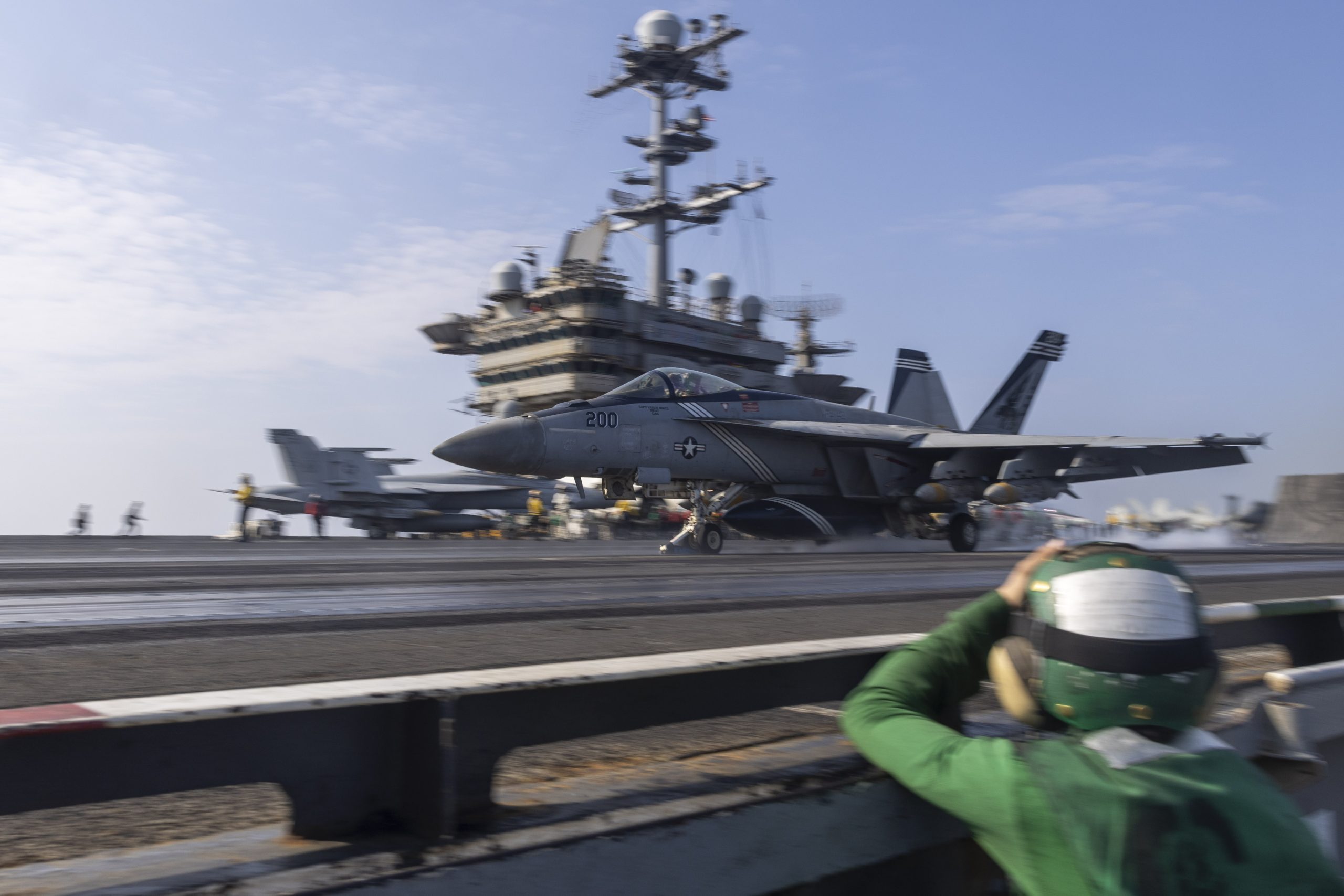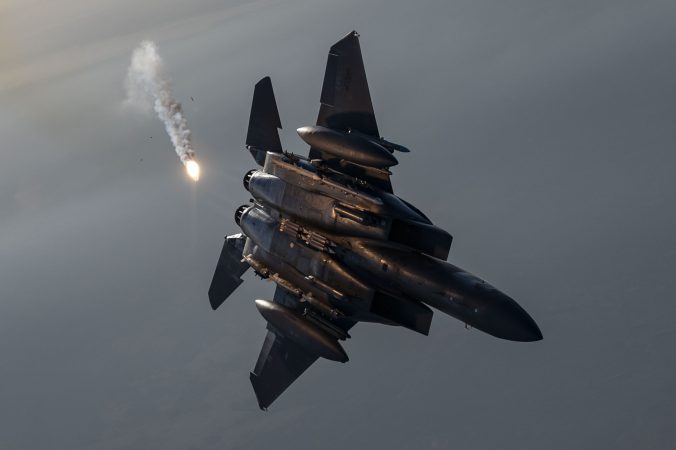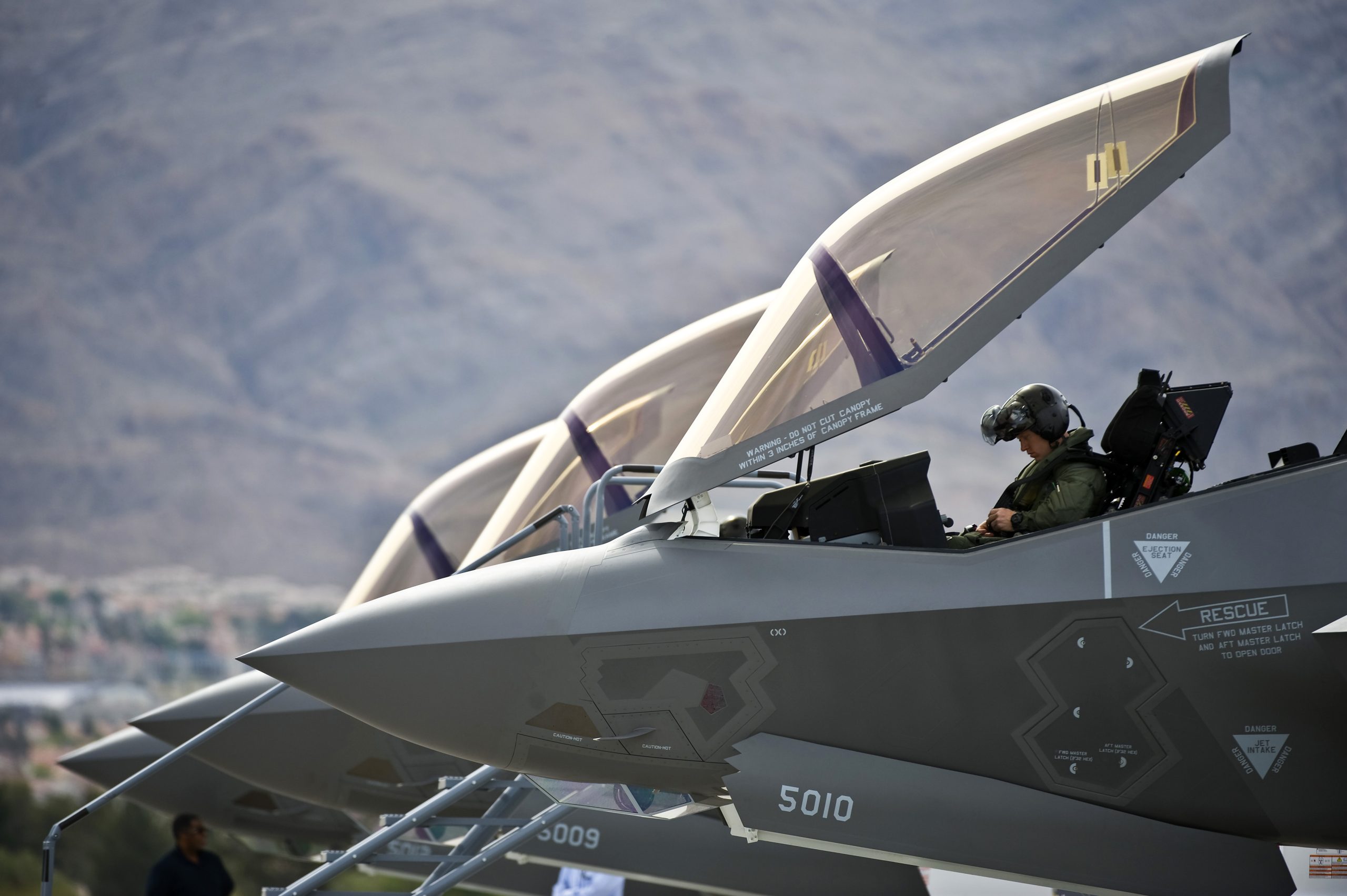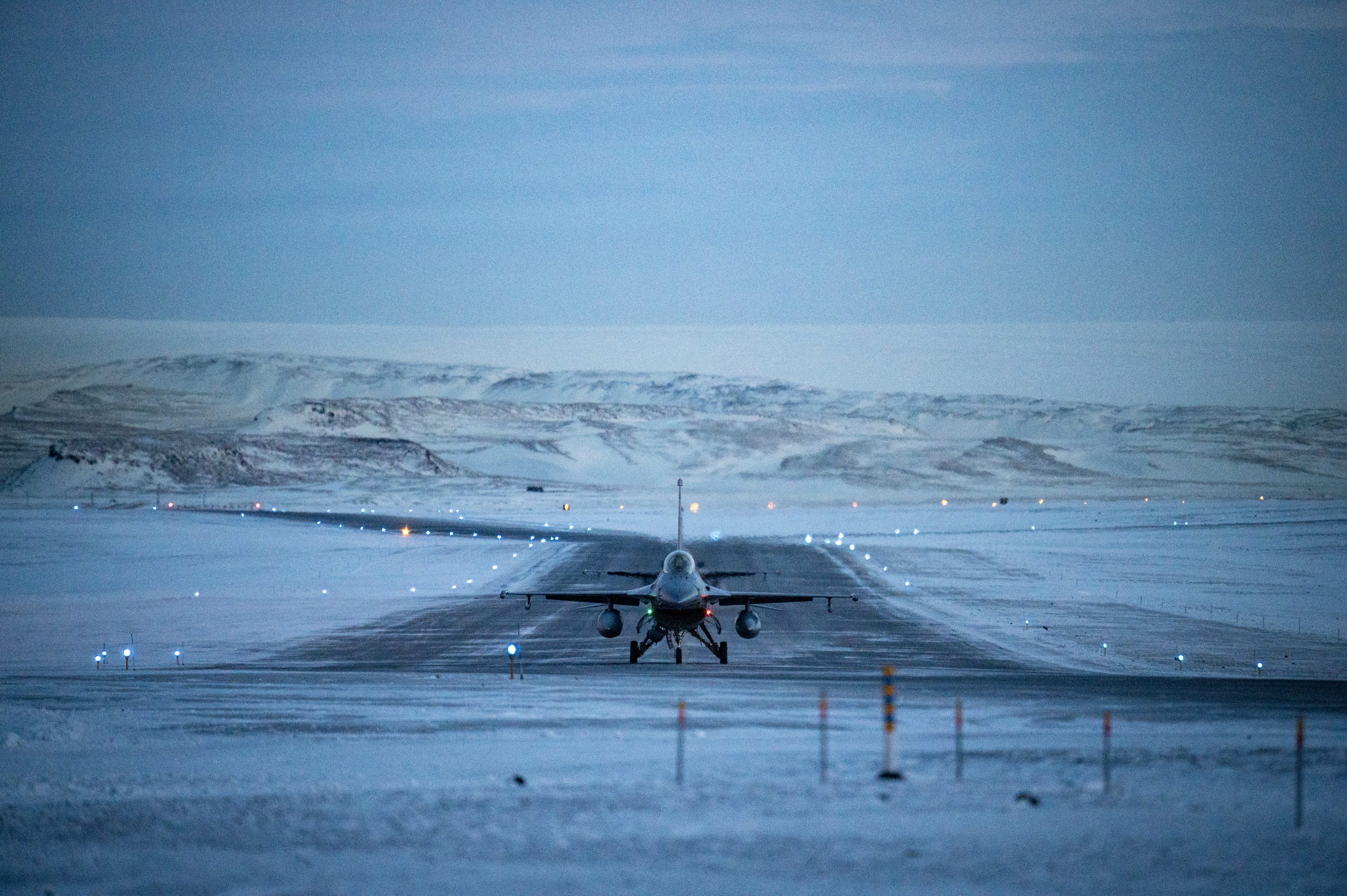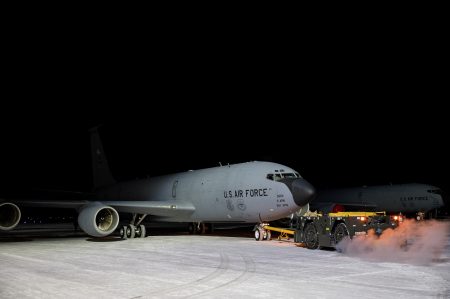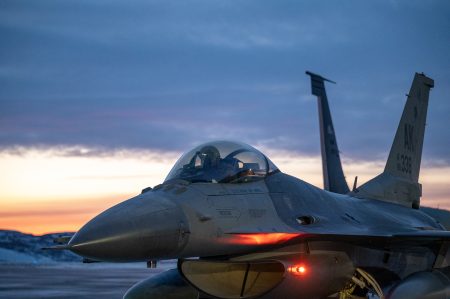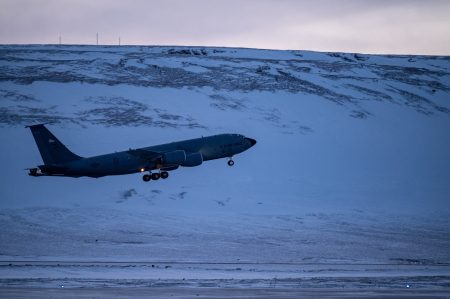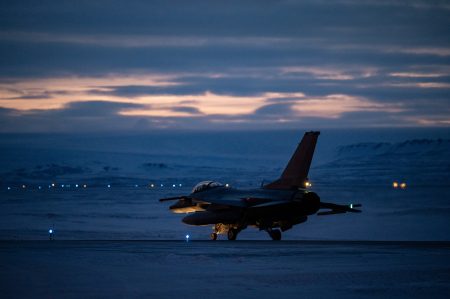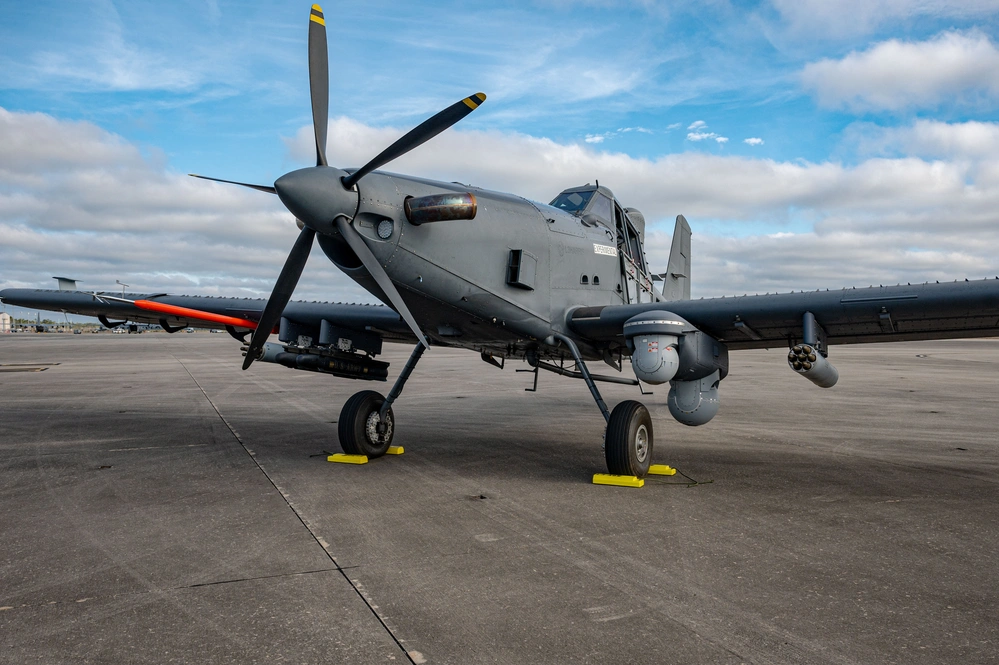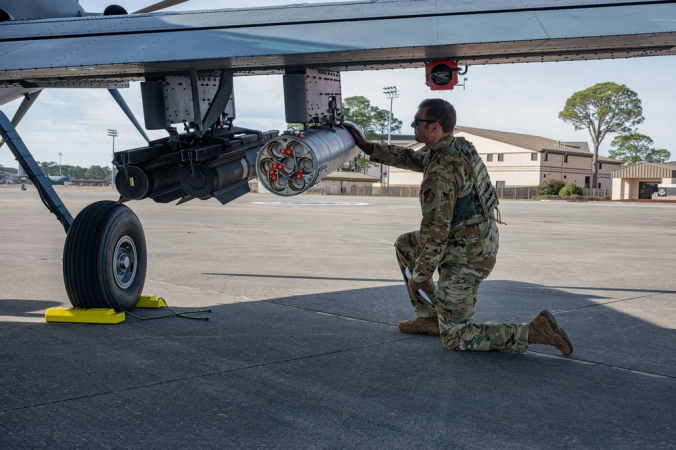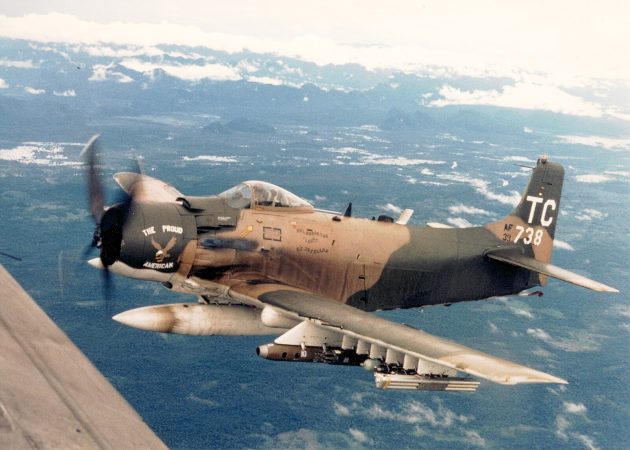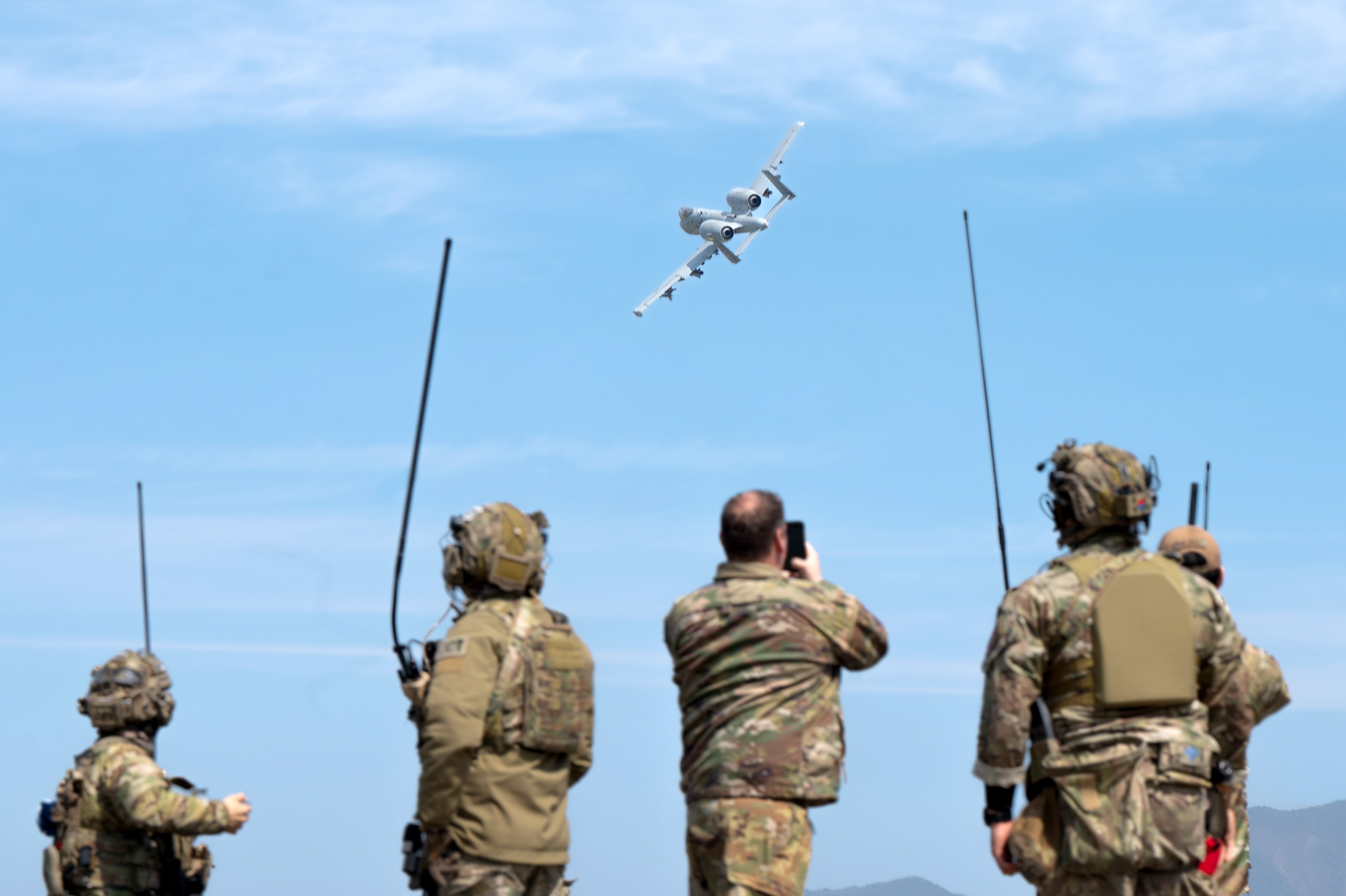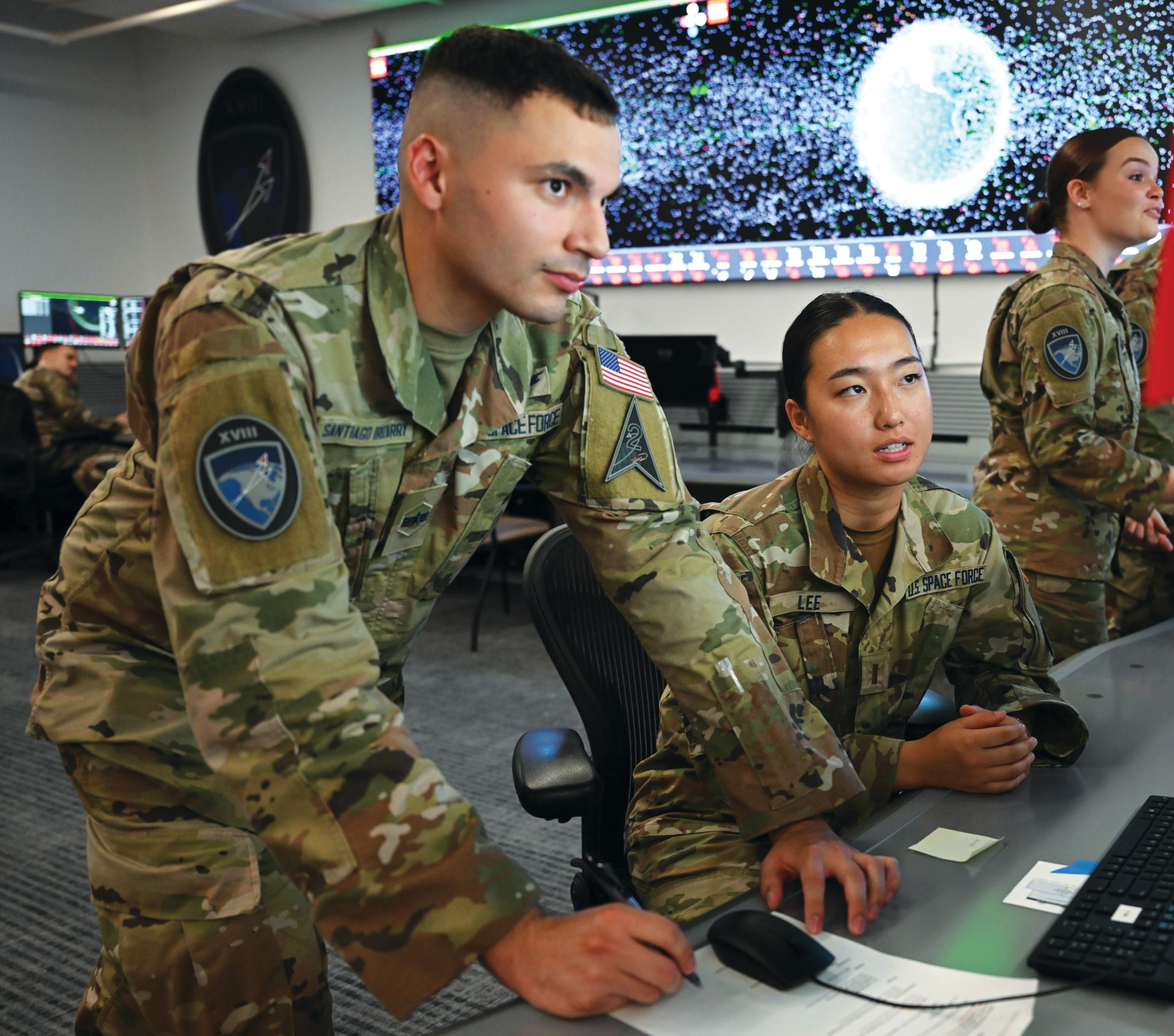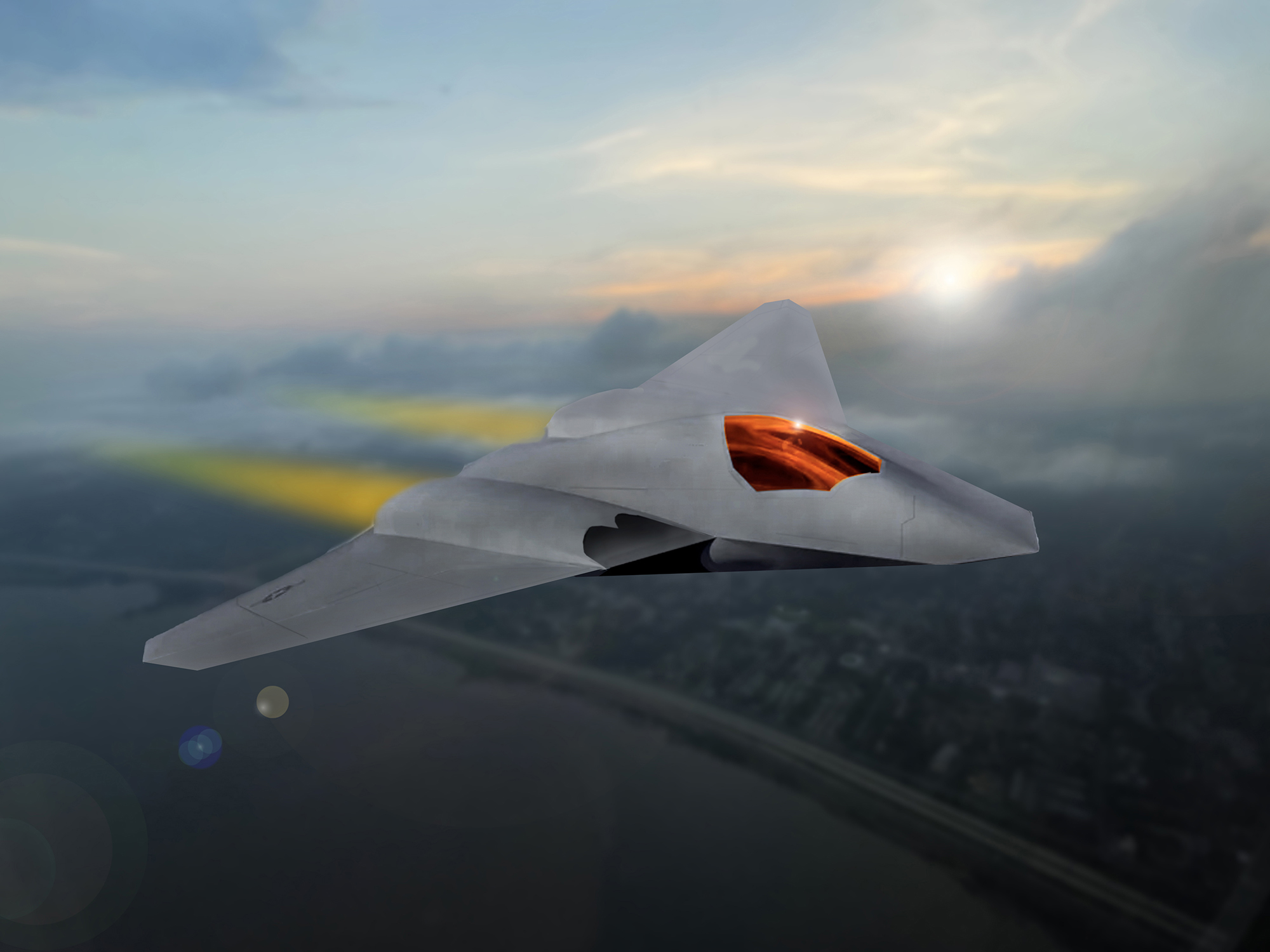If the Pentagon wants the U.S. defense industrial base to be able to surge production of munitions and more, those details should be included in requirements and contracts and paid for, industry leaders told lawmakers this week.
They also urged the Defense Department to take some “thoughtful risk” in contracting in order to get equipment to the field faster and pressed Congress to avoid continuing resolutions and other funding delays that hurt new and small businesses.
Surge capacity is important but “we also don’t ask for it in our contracting,” National Defense Industrial Association president and CEO David L. Norquist told the Housed Armed Services Committee in a Feb. 26 hearing about the defense industrial base.
“Typically, if you have two bidders, and one builds excess capacity, they will bid a higher price and lose,” he pointed out. Surge has to be “part of the requirement,” he said.
In the years since the Cold War, Pentagon contracting has focused almost exclusively on efficiency rather than capacity, Norquist and other witnesses said.
“So if you want somebody to have a capacity to surge, then they need to have it priced into the contract or treated as an allowable cost,” Norquist said. If surge capacity is penalized “because it has a higher price than the one without, you’re going to get what you asked for in the contract. So you have to say, ‘I value surge capacity,’” Norquist said.
He added that the Pentagon needs to lose its efficiency-at-all-costs mindset in order to have surge capability.
“All of these [defense production] facilities are drawing from long supply chains,” he said. “You … want to move away from ‘just in time’ inventory. You want to pay people to be able to store large parts.”
This has the advantage of accelerating the production line because there are enough parts to accommodate lengthened work shifts, he said. And if there is a conflict, there is a back inventory to keep production lines moving while supply chains adjust.
“So from a national security point of view, asking for a move away from ‘just in time’ inventory is a national strategic interest of the U.S. government,” Norquist said.
He cautioned, though, that this approach should be focused.
“You want to be careful when you do that,” he said. “You only want to do that in the things you’re trying to allow, because it is an extra cost for the system. … You can’t have everything. You need to figure out which are the systems, which are the items that, when the war starts, or before the war starts, you will need to surge,” and create contract rules tailored for those items.
Eric Fanning, head of the Aerospace Industries Association, said the Pentagon should accept more risk if it wants to accelerate production, either in peacetime or wartime.
“I think we’re at a time where we need to add some thoughtful risk back into the system in order to get speed, and there are ways to do that,” he said. “It requires careful oversight to make sure that the risk was well placed. But I think that’s a larger cultural issue of taking risk to move faster. And I don’t think that’s what we reward in the system.”
He said Congress provides plenty of authorities to go faster in contracting, But these contract vehicles aren’t widely used by the government workforce, “because we don’t incentivize the federal workforce to use that. We incentivize them to find the problems, not necessarily get us past the problems.’
Different training could incentivize more thoughtful risk-taking, Fanning said.
Fanning also urged Congress to avoid continuing resolutions, as the delays in new starts and especially in funding new entrants or small businesses discourages companies from doing business with the Pentagon.
“Certainly we’ve lived with CRs for many years, although we’re much further into the fiscal year now than we typically are with a CR, and it’s happening at a time when I think the supply chain, at least for our companies and our supply chain members, [is] stretched thin and as fragile as we’ve seen in a very long time,” he said.
Many of the supply chain issues are related to inflation, Fanning added, and he warned that in aerospace, the effects are still ongoing.
“There’s a lag for inflation in the industrial base,” he said, “And I would argue that the Pentagon still hasn’t seen the full impacts of inflation.” Companies in the supply chain are “really stretched [with] cash flow problems. … And when there’s a CR and payments are cut off or are delayed, it creates that extra stress and burden for the companies inside the supply chain that may have already lined up their workforce, their materials, their parts, and are under obligation to those contracts, but aren’t seeing work start on something new or continue on something they’re working on,” he said.
Norquist concurred, adding, “I just want people to understand, if you’re a small business in these supply chains, it becomes very unappealing to stay in this world and work and for the Defense Department. And you decide instead just to go to the commercial work area. So this is something that we’re creating with these CRs, and we’ve got to stop it.”
Witnesses repeated their pleas from a similar hearing last year that the Pentagon and Congress clarify “the demand signal,” so that contractors can make informed decisions about how much material and labor to lay in ahead of a contract, so that there is a common understanding of whether surge capacity is wanted and will be compensated. If that demand is not clear, companies have little incentive to hold on to workforce on the hope that the work will eventually return.
The Pentagon, Fanning said, is often the “single customer” for some businesses, “so when that customer’s demand signal ebbs and flows and the workforce goes away, they go away, and it’s very hard to get them back” for a surge.

